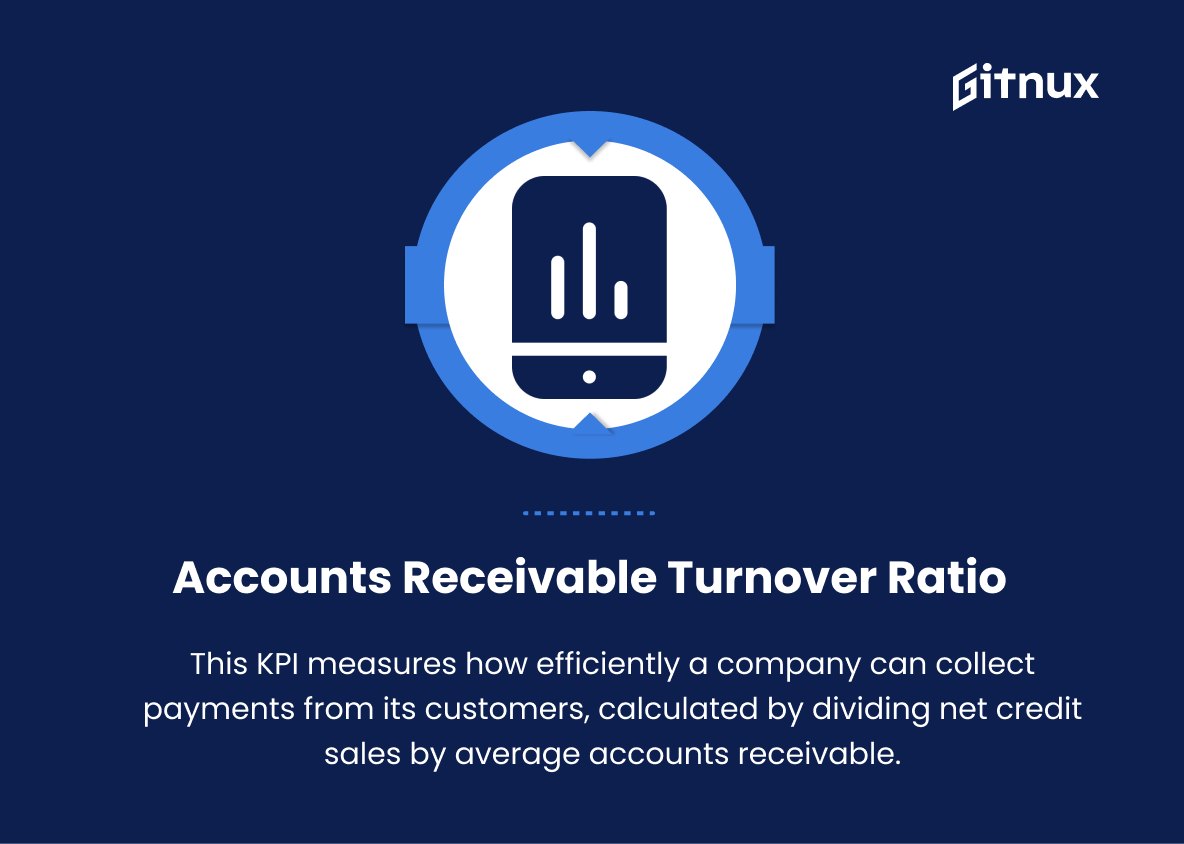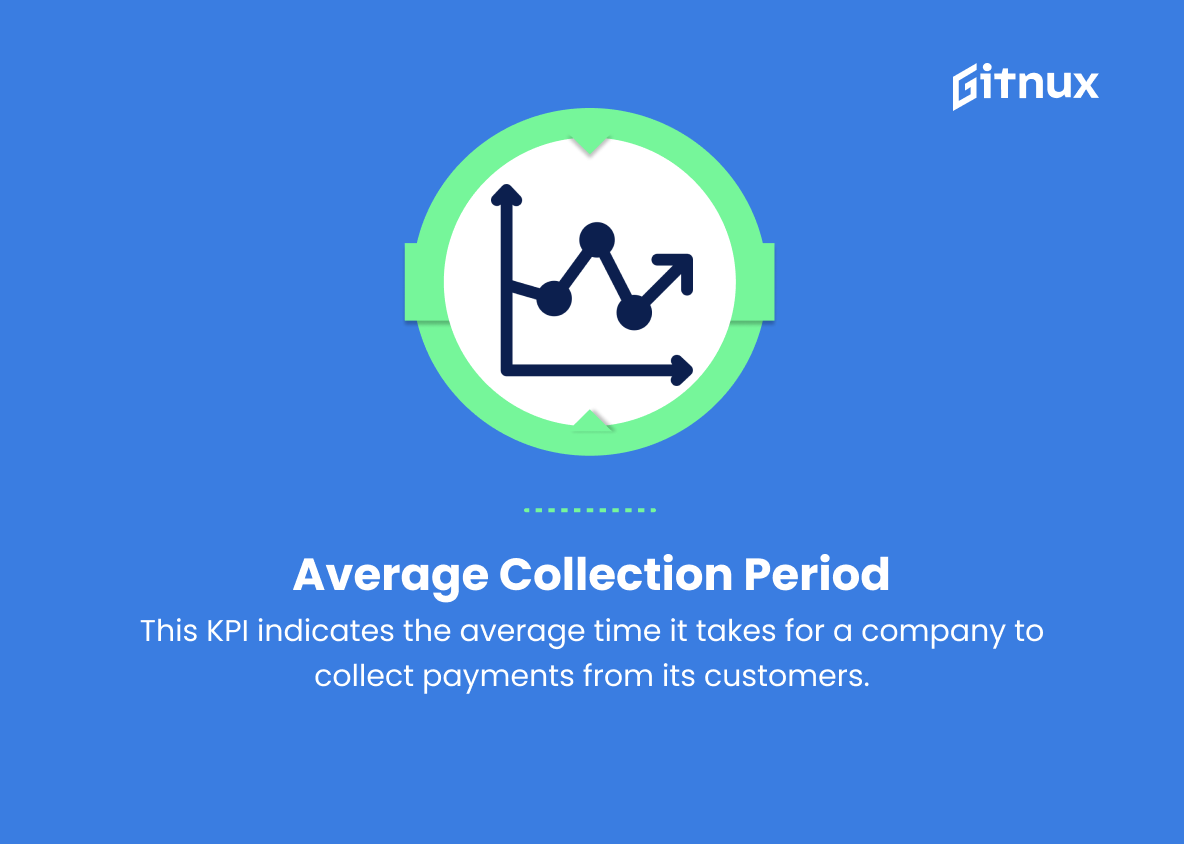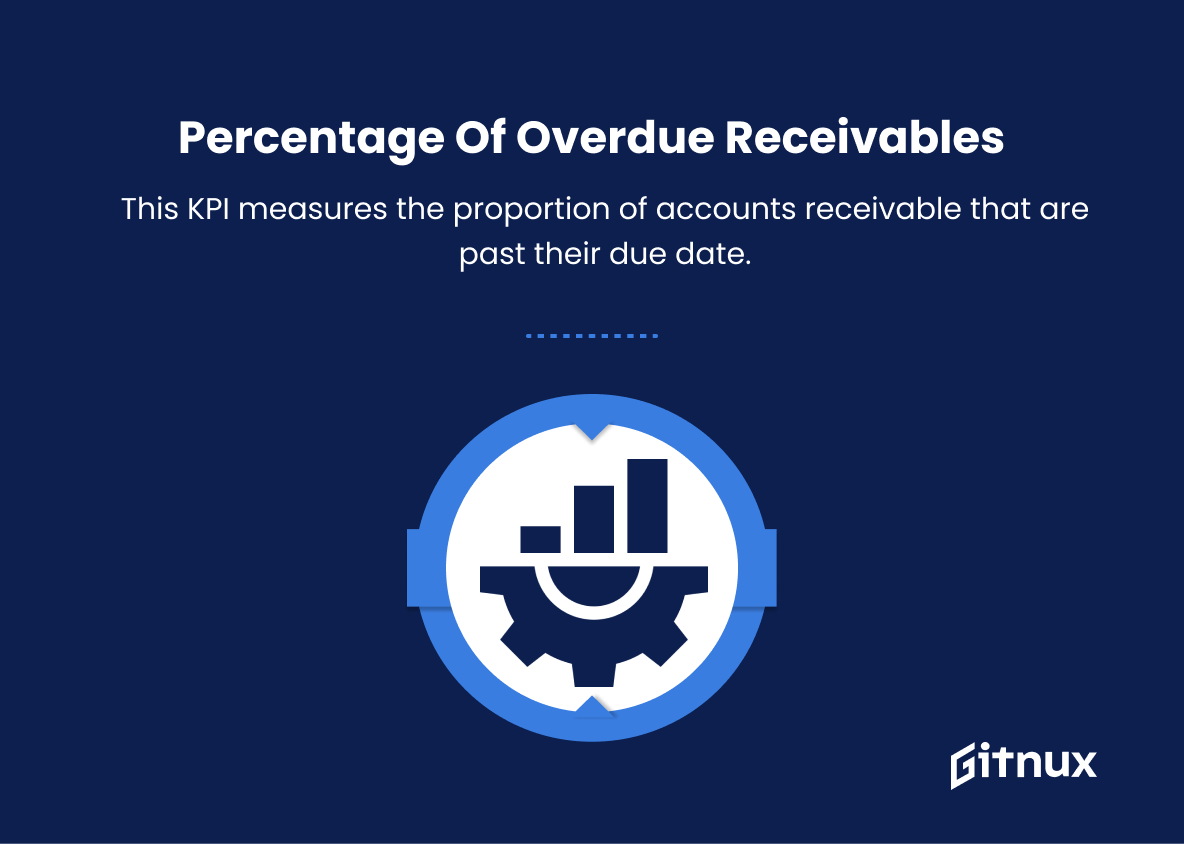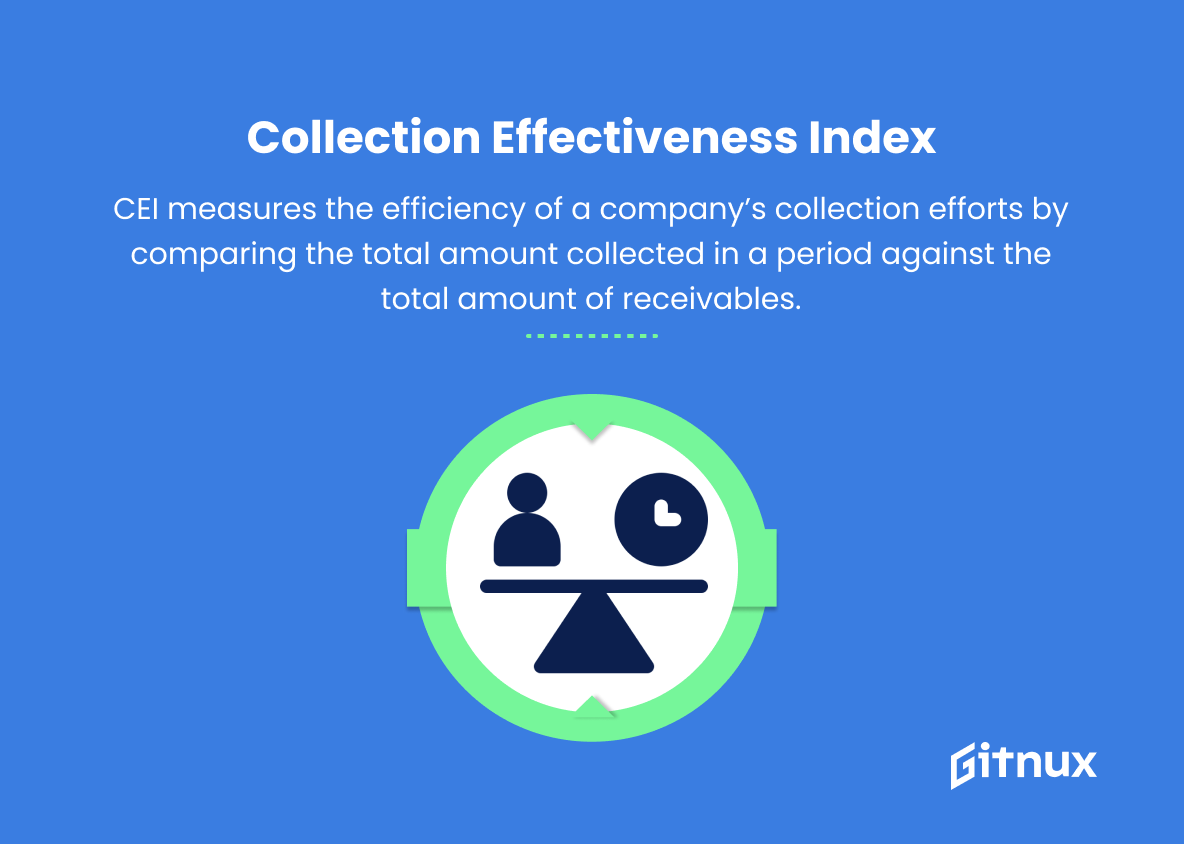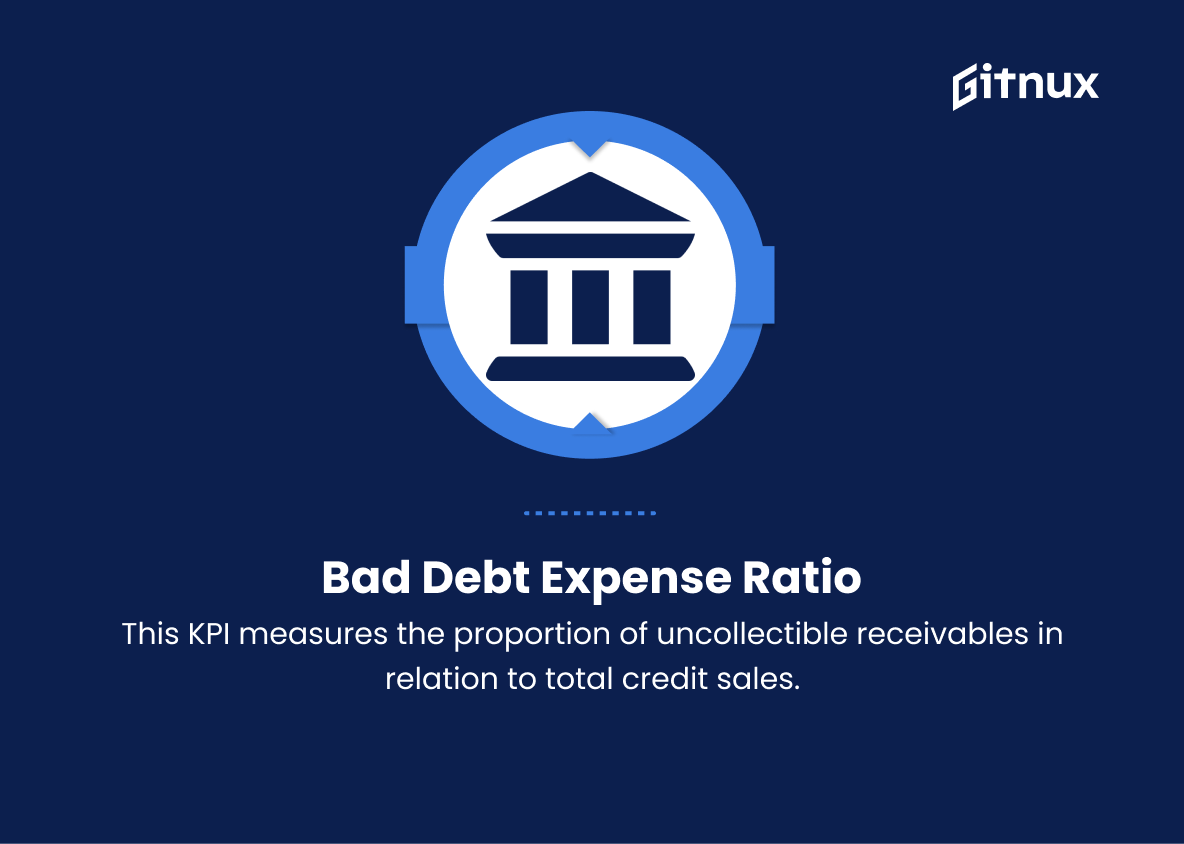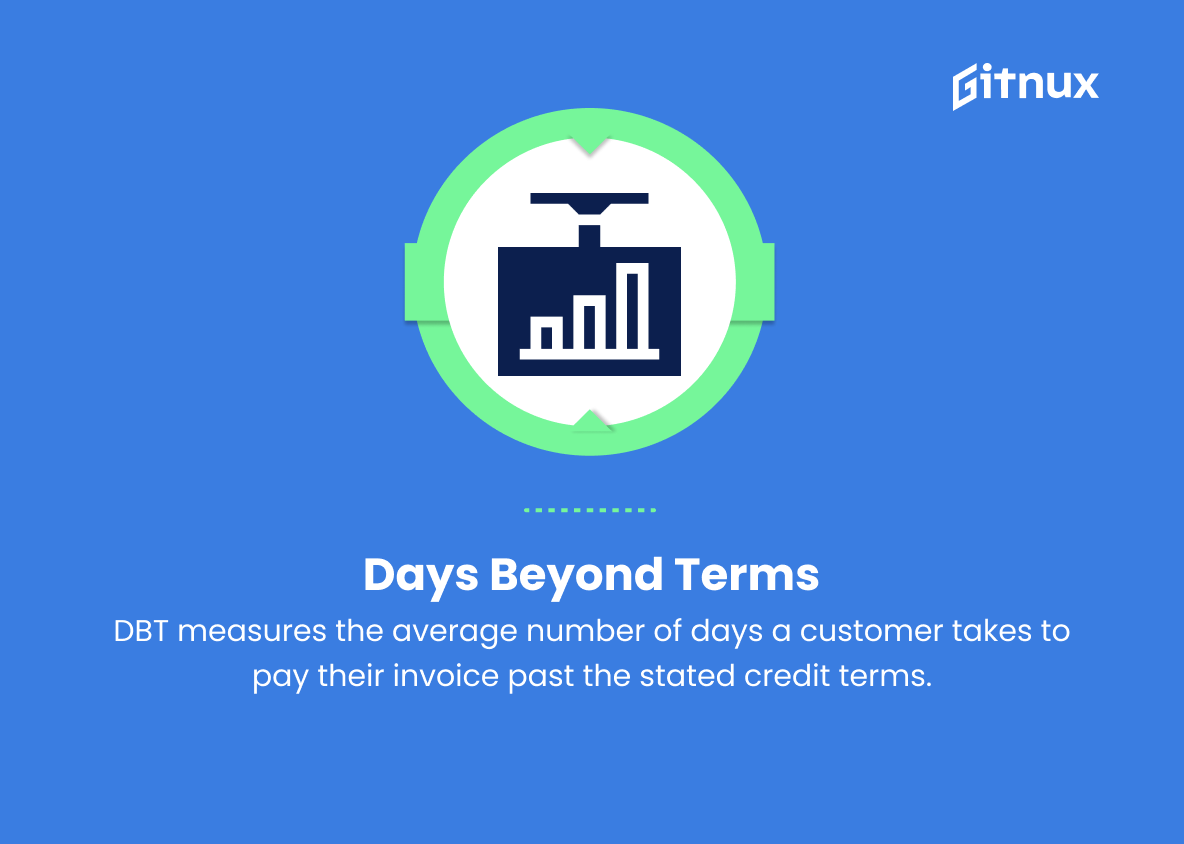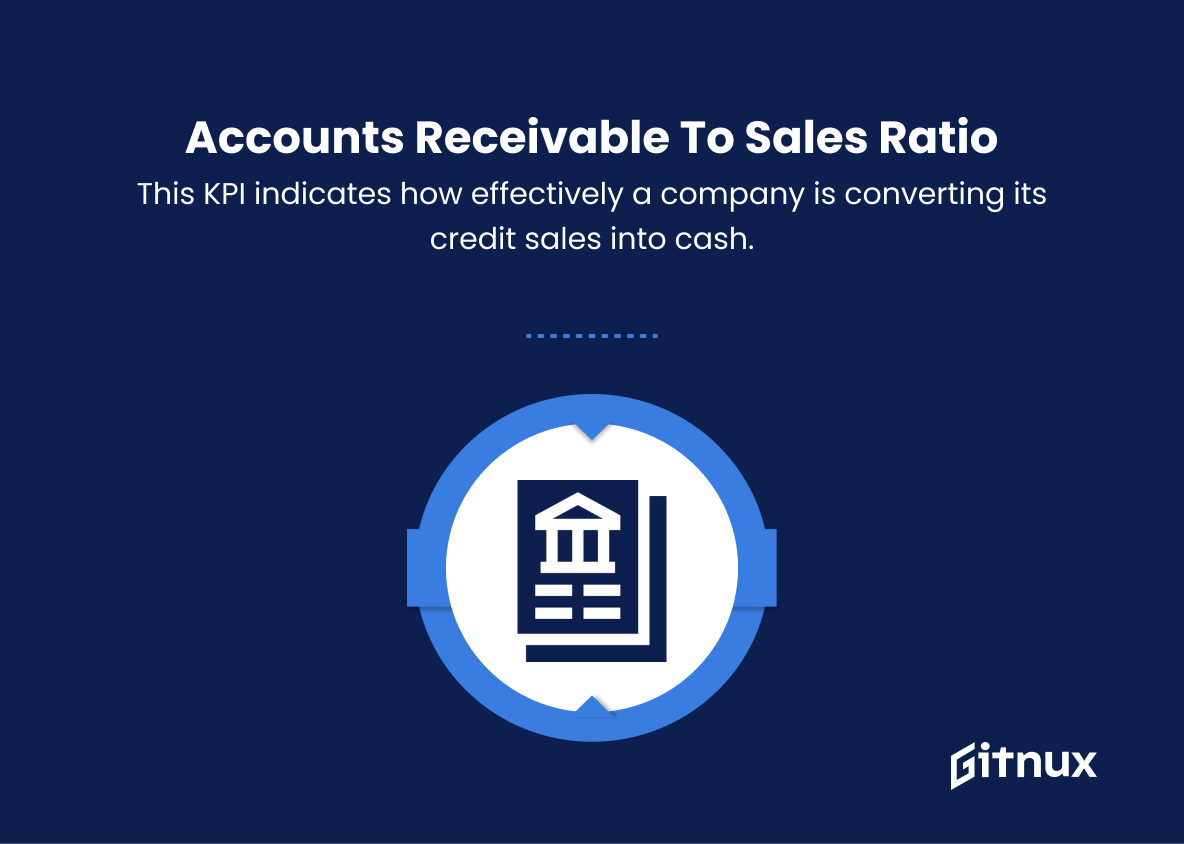In today’s constantly evolving business landscape, it is essential for organizations to effectively manage their accounts receivable (AR) process. By keeping a close eye on key performance indicators (KPIs) related to accounts receivable, businesses can optimize their cash flow, reduce bad debt, and maintain a healthy financial standing.
In this thought-provoking blog post, we will explore the most significant accounts receivable KPIs that every finance professional should be aware of, and discuss how to use these metrics to drive smart decision-making, foster growth, and bolster an organization’s financial stability.
Accounts Receivable KPIs You Should Know
1. Accounts Receivable Turnover Ratio
This KPI measures how efficiently a company can collect payments from its customers, calculated by dividing net credit sales by average accounts receivable. A higher ratio indicates better collection management.
2. Days Sales Outstanding (DSO)
DSO measures the average number of days it takes for a company to collect payments from its customers after a sale has been made. A lower DSO indicates a shorter collection period and improved cash flow.
3. Average Collection Period
This KPI indicates the average time it takes for a company to collect payments from its customers. Like DSO, a lower average collection period signifies better collection management.
In today’s constantly evolving business landscape, it is essential for organizations to effectively manage their accounts receivable (AR) process.4. Percentage of Overdue Receivables
This KPI measures the proportion of accounts receivable that are past their due date. A lower percentage indicates better credit control policies and timely payments from customers.
5. Accounts Receivable Aging
This KPI breaks down receivables into different aging brackets (e.g., 30, 60, 90 days) to identify overdue accounts and analyze the creditworthiness of customers. Lower percentages in older aging brackets signify healthier receivables.
6. Collection Effectiveness Index (CEI)
CEI measures the efficiency of a company’s collection efforts by comparing the total amount collected in a period against the total amount of receivables. A higher CEI indicates more effective collection processes.
7. Bad Debt Expense Ratio
This KPI measures the proportion of uncollectible receivables in relation to total credit sales. A lower bad debt expense ratio indicates better credit risk management and fewer write-offs.
8. Percentage of Current Receivables
This KPI calculates the proportion of accounts receivable that are current and within their due date. A higher percentage of current receivables indicates healthier cash flow management.
9. Days Beyond Terms (DBT)
DBT measures the average number of days a customer takes to pay their invoice past the stated credit terms. A lower DBT indicates that customers are adhering to the agreed-upon terms and timely payments.
10. Accounts Receivable to Sales Ratio
This KPI indicates how effectively a company is converting its credit sales into cash. A lower accounts receivable to sales ratio implies that the company is more efficient at collecting payments from its customers.
By monitoring these KPIs, companies can gauge the efficiency and effectiveness of their credit control policies and collection processes, enabling them to improve their cash flow management and minimize bad debt exposure.
Accounts Receivable KPIs are crucial for businesses to maintain a healthy cash flow and optimize their credit risk management strategies.Accounts Receivable KPIs Explained
Accounts Receivable KPIs are crucial for businesses to maintain a healthy cash flow and optimize their credit risk management strategies. They help companies assess the efficiency and effectiveness of their collection processes, such as the Accounts Receivable Turnover Ratio for measuring collection efficiency, and the Days Sales Outstanding for determining the average collection period. KPIs like the Percentage of Overdue Receivables and Accounts Receivable Aging help in analyzing credit control policies and the creditworthiness of customers, while the Collection Effectiveness Index enables better insight into collection efforts.
The Bad Debt Expense Ratio and Percentage of Current Receivables provide valuable information about credit risk management and overall cash flow health. Days Beyond Terms and Accounts Receivable to Sales Ratio give insight into customer payment behavior and the company’s efficiency in converting credit sales into cash. Together, these KPIs empower businesses to make informed decisions to streamline their cash flow management and reduce potential financial risks.
Conclusion
In summary, measuring and monitoring Accounts Receivable KPIs is vital for the financial health and success of any business. By effectively tracking KPIs such as Days Sales Outstanding, Accounts Receivable Turnover, Average Collection Period, and Receivables Aging, companies can ensure that they are adequately managing their cash inflows and minimizing the risk of bad debts.
Staying on top of these metrics enables businesses to make well-informed decisions, streamline their AR processes, and strategically allocate resources, ultimately contributing to better cash flow management and improved profitability. As a business owner or finance professional, it is essential to regularly assess and review these KPIs to maintain a strong and sustainable financial foundation for your organization.
